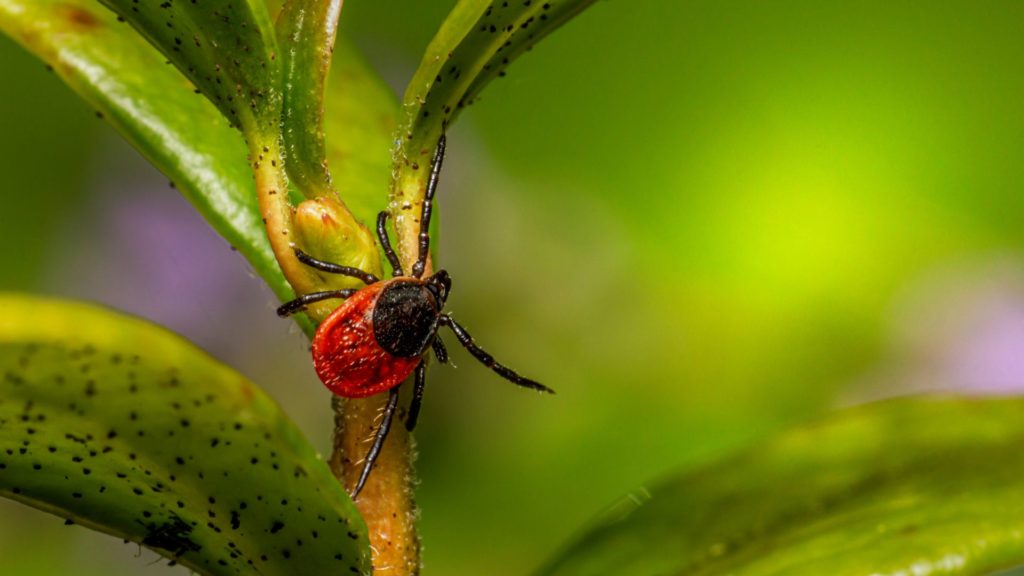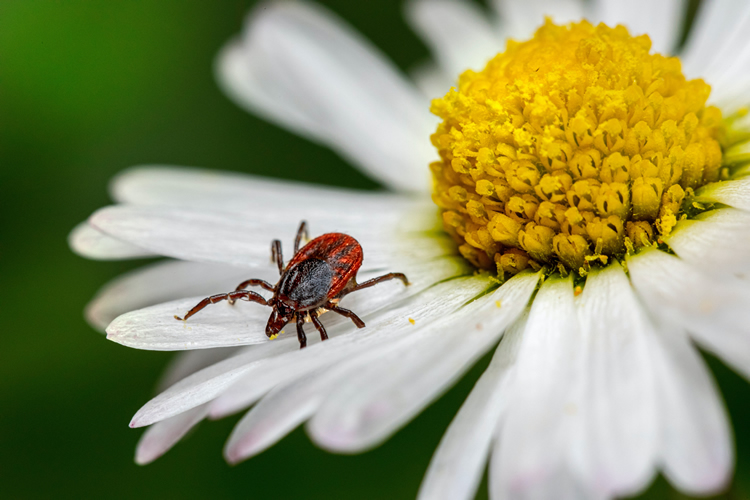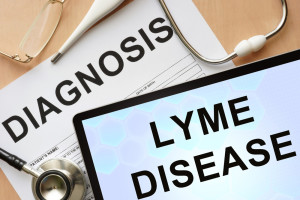Are there many ways to get Lyme disease?
Theoretically, there is more than one way to become infected with Lyme disease. But is it likely for you to contract Lyme infection through any other means than the bite of an infected tick?

Can you be infected with Lyme disease via blood transfusion?
The CDC says that even though it has been found that the bacteria that cause Lyme infection can live in stored blood, no cases have been confirmed in this manner.
Can you be infected from kissing another person or your pet?
According to the CDC, there is zero evidence that kissing another person will expose us to Lyme infection. It is also not possible to contract Lyme infection through your pet’s saliva.

Can a mother pass Lyme infection to her unborn fetus?
Experts believe, while is it possible, it is highly unlikely for a mother to pass this disease to her unborn fetus. What’s more, if a mother becomes infected while pregnant, she can receive antibiotics without adverse effects on the fetus.

Who’s at greater risk for Lyme disease infection?
While anyone can contract Lyme disease, some of us are more prone to infection. Children and pets are at higher risk, because they are closer to the ground than adults. Pets even more so because they venture into places, where ticks hide. Fur can obscure a tick on your pet, thereby making them at greater risk to have a tick attach to their body without us knowing. Others, who are at high risk of tick bites are nature-seekers, such as campers and hikers. Additionally, those, who work outdoors are at greater risk of infection. This is simply because they are at greater risk of encountering a tick on a typical day.
Lyme Disease Prevention Through Tick Control & Prevention
Preventing Lyme disease primarily involves minimizing exposure to ticks. This includes using repellents and wearing long sleeves and pants in high-risk areas. It also involves conducting tick checks after outdoor activities. Early detection and prompt treatment can effectively manage Lyme disease, and reduce the risk of long-term complications.
Also read: Does Lyme disease have a season?




 Due to the seriousness of tick-born diseases, such as
Due to the seriousness of tick-born diseases, such as  Lyme disease is the most common tick-borne illness in the United States. There are an estimated 300K cases each year. Though, according to the CDC, the vast majority of those cases are not confirmed. The line of infection versus non-infection is quite blurred. What is clear, is the imbalance of confirmed Lyme disease cases in the Northeastern and Southeastern United States – even though deer ticks are rampant in both regions. Scientists believe they have found clear answers to this quandary! Clarification begins with mice and lizards.
Lyme disease is the most common tick-borne illness in the United States. There are an estimated 300K cases each year. Though, according to the CDC, the vast majority of those cases are not confirmed. The line of infection versus non-infection is quite blurred. What is clear, is the imbalance of confirmed Lyme disease cases in the Northeastern and Southeastern United States – even though deer ticks are rampant in both regions. Scientists believe they have found clear answers to this quandary! Clarification begins with mice and lizards.


